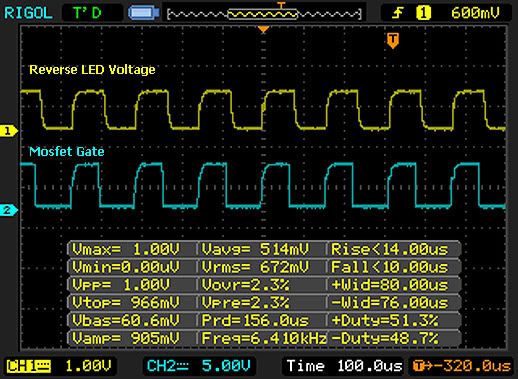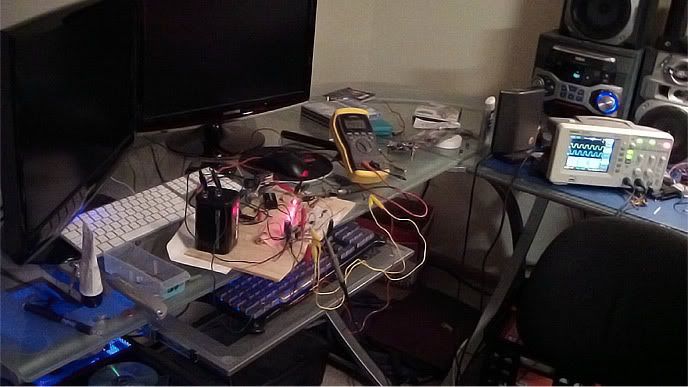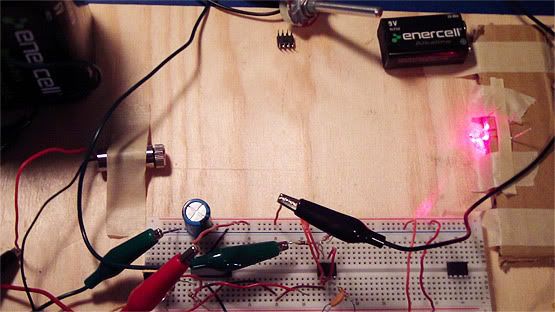- Joined
- Jul 5, 2009
- Messages
- 60
- Points
- 0
Ok I have a new problem, I want the laser to run off a battery and it needs to do this continually without eating up battery power, which means I need to somehow pulse the laser so that it will draw less power from the batteries....I was looking into 555 timers and then I realized that if I used a 555 timer the IC will actually require a lot of voltage to operate to begin with.







